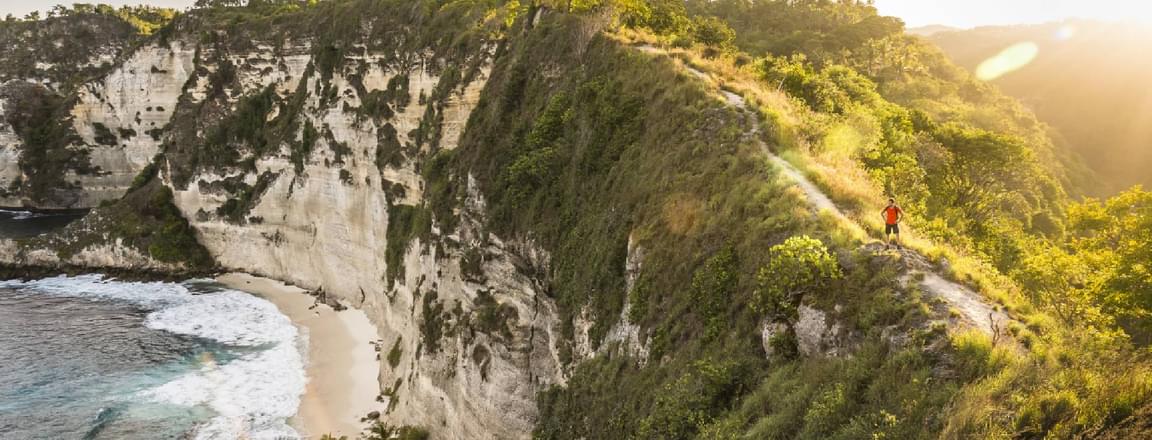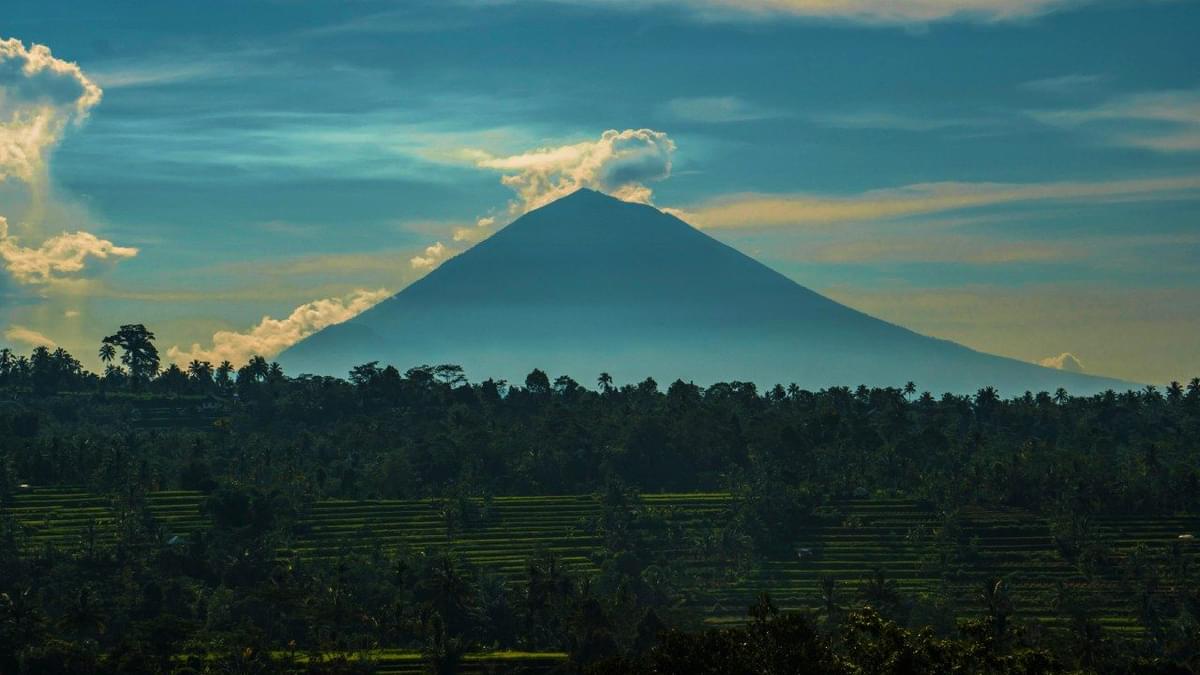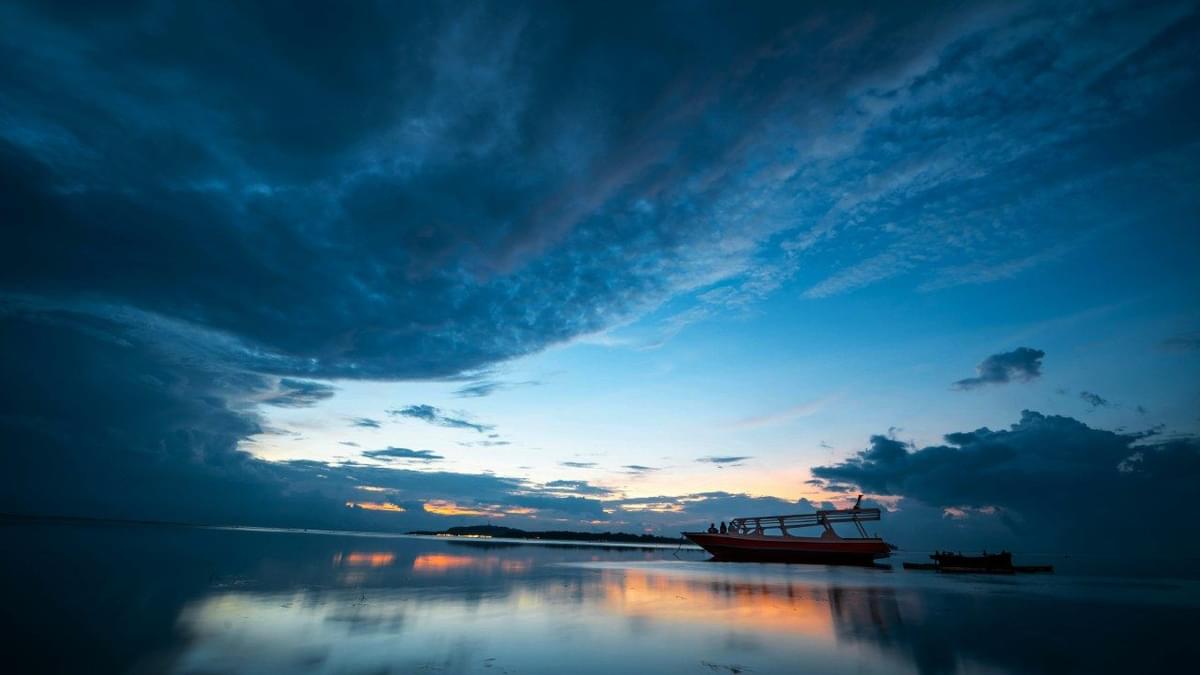
Best Time to Visit Bali (2025): Weather, Seasons & Travel Tips

The best time to visit Bali will depend on what you would like to experience. Whether it is clear beaches or lush rice paddies, ancient temples, or rich culture, Bali tourism has all-around attractions. Knowing the Bali weather will help you plan the best trip according to your preferences and budget. There are two seasons in Bali. The dry season (April to October) is sunny and popular, but the wet season (November to March) delivers an authentic experience with significant savings. This guide will provide you with the best time to visit Bali in 2025.
Key Takeaways
- The best months to visit Bali are April and October, which provide the best blend of wonderful weather, moderate pricing, and manageable crowds.
- September to March offers a 30 to 40% discount on accommodation and a few moments of afternoon rain.
- Travel during dry seasons and book 2-3 months in advance to get a better price and availability of hotels, etc.
- Every season has its benefits, so pick it depending on what is important to you, the weather, your budget, and activities.
Ubud (2N)
Kuta (2N)
- Uluwatu Temple Tour With Kecak Dance Performance with private transfers
Bali Weather Guide: Seasons, Temperatures & Rainfall
Bali has two seasons with a moist monsoon. The Island is close to the equator, which means the temperatures remain fairly similar throughout the year, although rainfall patterns form different travelling seasons.
Month | Season | Temperature | Rainfall | Best For |
| April-October | Dry Season | 27°C-32°C | Minimal | Beach activities, hiking, and cultural tours |
| November-March | Wet Season | 26°C-28°C | Heavy afternoon showers | Surfing, budget travel, spa retreats |
Dry Season (April–October): Why It's the Best Time to Visit

Dry season is the busiest travel time, and it is regarded as the best season to travel to Bali. These are the months with clear skies, high temperatures and low rainfall fall which makes it the best time to indulge in activities in Bali.
Weather Conditions:
Temperatures are comfortable at 27 degrees Celsius in the early morning hours and warm at 32 degrees Celsius at midday. Evenings are breezy enough to offer a natural comfort to the heat, and the level of humidity is not as extreme as during the wet season.
Top Things to Do in Bali During the Dry Season

- Water Sports: The waters are calm and the sunshine is predictable, making it the best time to go swimming and scuba diving. Famous beaches such as Amed and the Menjangan Island provide the best weather for snorkelling in Bali and to explore exotic marine life.
- Mountain Trekking: This is an ideal time to go to Bali for sunrise hikes at Mt. Batur or Mount Agung. It will include spectacular volcano views, snug trekking conditions on your Bali adventure list.
- Cultural Festivals: There are vibrant cultural festivals in Bali during the dry season, the Galungan and Kuningan festivals. These are held between May and August, providing a chance at an authentic cultural immersion.
Tips: Make reservations 2-3 months prior to find the preferred options in pleasant locations at affordable prices.
Bali Wet Season (November–March): Budget Travel & Hidden Charms

There are unique benefits of travelling during the wet season when the prices are not as high as in the peak season, especially in Bali in July. You'll find budget accommodations, fewer crowds, and unique seasonal beauty.
Weather Conditions:
Rain generally falls in heavy bursts in the afternoons and evenings. The mornings and early afternoons tend to be sunny and pleasant, with a lot of time to uncover the places to visit in Bali.
Why Visit Bali in the Wet Season?

- Superior Surfing Conditions: Larger swells arrive at surf breaks during the wet season months. Beaches in Bali, like Uluwatu and Canggu, experience their best waves, attracting surfers from around the world.
- Lush Landscape Beauty: Rice terraces in Jatiluwih and Tegallalang reach peak beauty during this period. Waterfalls like Tegenungan and Gitgit flow at their most spectacular after rain showers.
- Cultural Immersion: It is also the best season to visit Bali temples with fewer tourists and closely experience the authentic local tradition.
- Budget Benefits: Accommodation rates are 30-40% lower than during the dry season. Flight prices remain significantly lower, making this the best time to go to Bali for budget-conscious travellers.
Month-by-Month Guide: When to Visit Bali
Month(s) | Season | Weather | Temperature Range | Best For |
| April | Shoulder Season | Excellent weather, minimal rain | 26°C - 31°C | Good weather without peak pricing |
| May - September | Peak Dry Season | Daily sunshine, perfect conditions | 27°C - 32°C | Exploring beaches, temples and hiking |
| October | Dry Season End | Excellent conditions, less humidity | 27°C - 32°C | sightseeing |
| November - December | Early Wet Season | Sunny mornings, afternoon showers | 26°C - 30°C | Adventure activities with budget savings |
| January - March | Wet Season Peak | Heaviest rainfall, authentic experience | 25°C - 28°C | Cultural immersion and budget travel |
Regional Weather Variations in Bali

Different areas of Bali experience varying weather patterns throughout the year.
- Northern Bali (Lovina, Singaraja): Northern coastal areas receive less rainfall during the wet season and enjoy more consistent dry conditions year-round. Ideal for exploring the beaches and islands in Bali.
- Eastern Bali (Amed, Sidemen Valley): The eastern region experiences the most stable weather patterns, with less dramatic seasonal variations than the southern and central areas.
- Central Bali (Ubud): This region sees more rainfall due to higher altitude and mountain proximity. Morning mist and afternoon showers are typical even throughout the dry season. It is one of the top traditional shopping areas in Bali.
- Southern Bali (Seminyak, Kuta, Sanur): Coastal southern Areas possess predictable weather with wet and dry seasons identified. Therefore, this is the right time to travel to Bali to explore tourist attractions in Seminyak, activities in Kuta and experience culture at Sanur.
Planning Your Bali Trip: Practical Considerations
- Visits between April and October for the ideal balance of excellent weather, manageable crowds, and reasonable prices.
- Wet season travel delivers significant savings across accommodation, flights, and activities. From November to March, several hotels in Bali provide special packages to entice travellers.
Packing Essentials by Season
- Dry Season: Lightweight clothing, strong sunscreen, hat, comfortable walking shoes
- Wet Season: Quick-dry clothing, waterproof jacket, umbrella, waterproof bag for electronics
Ubud (3N)
Nusa Penida (1N)
+1 Cities
- Kintamani Volcano Viewpoint , Tegenungan Water Fall , Coffee Plantation, Tegallalang Rice fields, My Swing with local lunch
Conclusion: When Is the Best Time for You to Visit Bali?
Bali has a tropical climate, which means it is a year-round travel destination. Your ideal travel window depends on personal priorities and what kind of experience you're seeking. April through October is the best time to visit Bali for perfect beach exploration and activities. On the other hand, November through March is ideal for authentic cultural experiences and significant budget savings. Plan your next trip with Pickyourtrail by going through the best Bali tour packages for a seamless experience.
Frequently Asked Questions
What should I pack for Bali during the wet season?
Pack quick-dry clothing, a lightweight waterproof jacket, and waterproof bags for electronics. Include comfortable sandals that can get wet and an umbrella for unexpected showers.
How many days do I need to visit Bali properly?
Plan for at least 7-10 days to experience Bali's main highlights without rushing. This allows time for beach relaxation, cultural temple visits, mountain adventures, and exploring different regions like Ubud and Seminyak.
Is it safe to visit Bali during the monsoon season?
Yes, Bali is safe during the wet season. Rain typically comes in short afternoon bursts, not continuous downpours.
What is the cheapest time to go to Bali?
January through March offer the lowest prices for accommodation and flights. You'll find hotel rates 30-40% lower than peak season, plus significantly cheaper airfare.
What is the most expensive month in Bali?
July is one of the most expensive months to visit Bali, due to pleasant weather and less rainfall.
Update your location?



